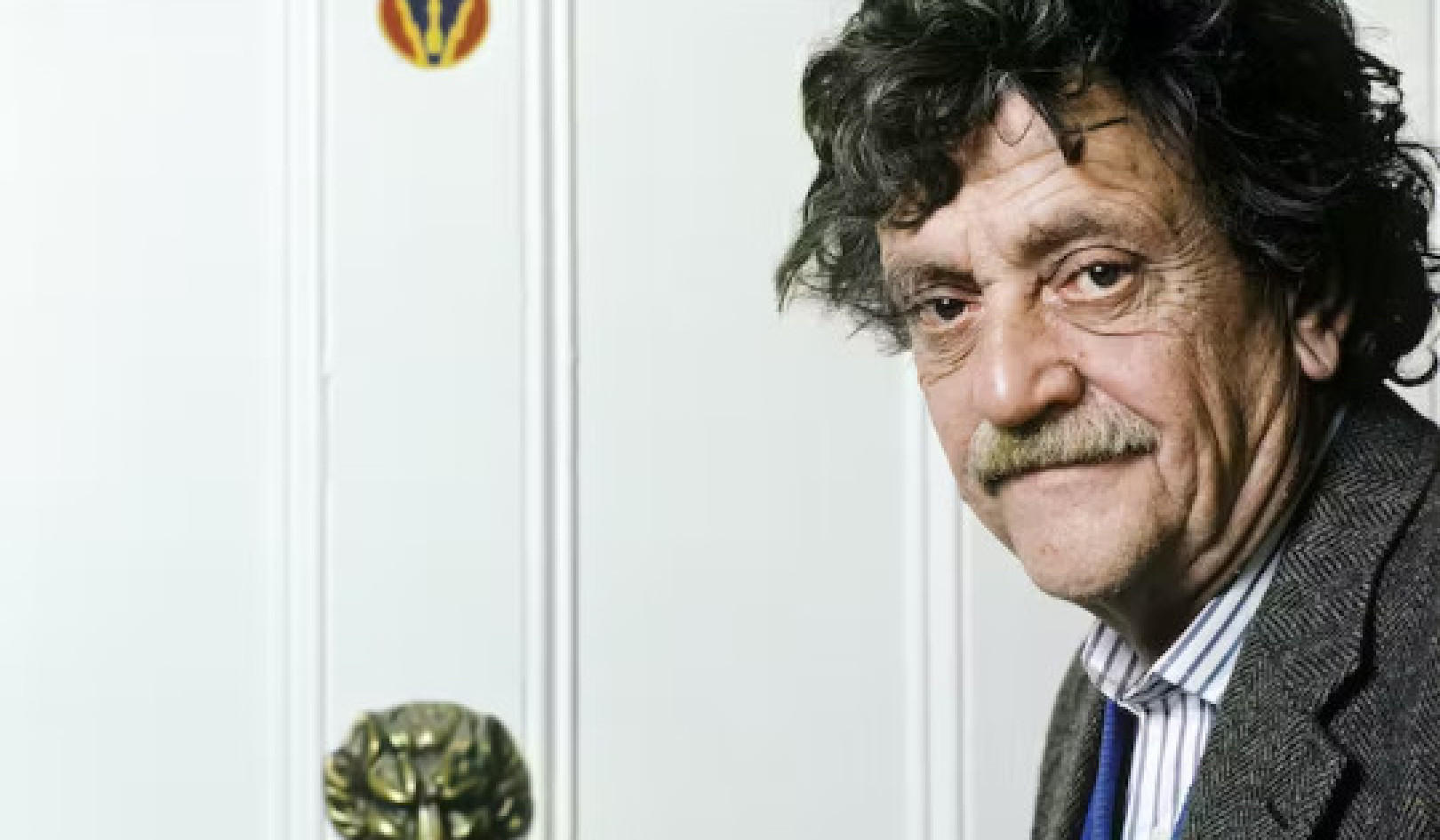
Photo credit: KatinkavomWolfenmond
Learning how to relax is one of the most powerful healing tools that I have ever come across. Emotional suffering comes from overthinking issues, and quite often we become so busy thinking that we fall deeper and deeper into the issues that are causing us stress. We become entangled in the circumstance - completely engulfed in the story. Stress also plays a major role in our physical health, affecting for example, our weight, cholesterol and digestive systems.
Relaxation creates ‘space’ in our mind. It forms an internal environment within us that allows us to think more rationally. We are able to step outside of the issue and think about our next step.
Perhaps the most important factor to remember about emotional wellbeing is this: you cannot be stressed and relaxed at the same time. This is a profound statement because it means that no matter what you are experiencing, if you can take the time out and train yourself to relax, then in any given moment you can exercise a choice: do I want to experience stress or do I want to experience relaxation?
What Is Relaxation?
There are a few dictionary definitions for relaxation, but the one I like best is this: relaxation is a state where you are free from tension and anxiety. Different people relax in different ways. Some people find that watching television or having a hot soak in the bath helps them to unwind after a long day. There are also many people that find going to the gym is a very useful way to help release stress and tension.
The point of relaxation is to relax your body as well as your mind. Here are some things for you to consider, but please remember do these exercises in a safe place and do not practice whilst driving or operating machinery:
- Take some time out for deep breathing daily.
Taking a few short deep-breathing breaks can make a significant difference in your day. Make sure you’re sitting comfortably with your back straight, and place one hand on your stomach.
Breathe in slowly, steadily and deeply through your nose. As you do this you should feel the hand on your stomach extending outwards. (This is an indication that you are breathing deeply into your stomach). Hold for a few seconds. (Only hold your breath for a length of time that is comfortable for you.) When you’re ready, exhale through your mouth slowly and steadily. As you exhale you should feel your stomach coming back its normal position.
Wait a few seconds and repeat the process again. It may be a good idea to pace these breathing cycles out, as too many of them too close together can cause you to become dizzy.
- Use the stop-breath-relax strategy often.
This is a very useful exercise to help relieve tension. (In fact, quite often people do not realise that they are holding tension until they actively relax their muscles.)
a) Stop: Take a moment and stop what you are doing. You may want to distance yourself from the situation, so that you have some space to reflect.
b) Breathe: Before you take any action, just take some time to notice your breathing. Focus on each in-breath and each out-breath. The idea is not to force deep breathing, but rather to just become aware of how you are breathing. You may then choose to take a deeper breath to help you relax.
c) Relax: Focus on relaxing your muscles. Consciously relax all of the muscles in your head, pay special attention to your temple area and your jaw as we often tense these during stressful situations. Allow your shoulders to drop and relax, followed by your arms, chest abdomen, back, pelvic area, thighs, knees, calves, ankles, and feet.
Spend a few moments just enjoying the feeling of your body being relaxed, and if you find yourself thinking a stressful thought, draw your attention back to your breathing.
- Relaxation and feeling. One of the most common things that clients tell me is that they cannot stop thinking. This exercise is a great tool that helps quieten the mind.
Ensure that you are sitting comfortably in a safe and preferably quiet environment. Draw your attention to, and become aware of your breathing to begin the relaxation process. You may wish to close your eyes. Consciously begin to relax all of the muscles in your head, pay special attention to your temple area and your jaw as we often hold a lot of tension here. Allow your shoulders to drop and relax, followed by your arms, chest abdomen, back, pelvic area, thighs, knees, calves, ankles, and feet. Feel the feeling of relaxation moving right down to the tips of your toes.
Now that your body should be feeling more relaxed, draw all of your attention into your right foot. What can you feel inside of your foot? Some people misinterpret this question and will say things like; ‘I can feel my foot inside my shoe.’ However, I am asking that you go inside of your foot. What can you feel? Does your foot feel hot, or cold? Can you feel a pulsating or a tingling feeling? Does your foot feel heavy or light? Keep all of your attention here and engage in the feeling. Do this exercise for a couple of minutes or more and you will find that your incessant thinking will have ceased for that short period of time. - Engage in activities that help you to relax. Aside from the breathing and muscle exercises that I have outlined above, it is important that you take the time out to engage in activities that help you to relax. Perhaps think about going to the gym, taking a yoga or meditation class. There are plenty of good books and audios that will help you learn more about meditation and relaxation.
Remember the key: you can not be in a state of stress and relaxation at the same time, so the more that you make the conscious effort to relax-on-demand, the better you will be able to manage stress.
Please also remember to ensure that you are relaxing in a healthy manner. For example, I do not recommend that you use alcohol or any other intoxicating substance to achieve relaxation, but rather use the exercises that I have outlined above as a starting point, and then explore their different variations.
©2015 by Sunita Pattani.
Published by J Publishing Company Ltd.
www.jpublishingcompany.co.uk
Article Source
The Transcendent Mind: The Missing Peace in Emotional Wellbeing
by Sunita Pattani.
 In an age where depression, stress and anxiety have become such common terms, Sunita Pattani.asks that we deepen our approach and begin to question who we are at the very core. She discusses why exploring the link between science, spirituality and phenomena such as near-death experiences, is essential to long-term emotional healing, and guides you through the key concepts that you need to apply in order to live more of a peaceful life.
In an age where depression, stress and anxiety have become such common terms, Sunita Pattani.asks that we deepen our approach and begin to question who we are at the very core. She discusses why exploring the link between science, spirituality and phenomena such as near-death experiences, is essential to long-term emotional healing, and guides you through the key concepts that you need to apply in order to live more of a peaceful life.
Click here for more info and/or to order this book.
About the Author
 Sunita Pattani is a Psychotherapist and Author based in East London, who specializes in exploring the link between mind, body, spirit and emotional healing. Since childhood she has been fascinated with science, spirituality, consciousness and the deeper question of who we really are. Sunita is a graduate of the University of Birmingham, where she obtained a degree in Mathematics, Science and Education in 2003. She taught for five years before she returned to college to study an advanced diploma in Hypnotherapy and Psychotherapeutic Counselling. Alongside running her Psychotherapy Practice, she shares her message through a combination of speaking, running workshops and writing. A regular blogger for Huffington Post, Sunita’s first book, My Secret Affair with Chocolate Cake – The Emotional Eater’s Guide to Breaking Free was published in 2012. For more info, visit www.sunitapattani.com
Sunita Pattani is a Psychotherapist and Author based in East London, who specializes in exploring the link between mind, body, spirit and emotional healing. Since childhood she has been fascinated with science, spirituality, consciousness and the deeper question of who we really are. Sunita is a graduate of the University of Birmingham, where she obtained a degree in Mathematics, Science and Education in 2003. She taught for five years before she returned to college to study an advanced diploma in Hypnotherapy and Psychotherapeutic Counselling. Alongside running her Psychotherapy Practice, she shares her message through a combination of speaking, running workshops and writing. A regular blogger for Huffington Post, Sunita’s first book, My Secret Affair with Chocolate Cake – The Emotional Eater’s Guide to Breaking Free was published in 2012. For more info, visit www.sunitapattani.com
Watch a video with Sunita Pattani: What is the Transcendent Mind?
{vembed Y=tVHb_O3MVsY}



























